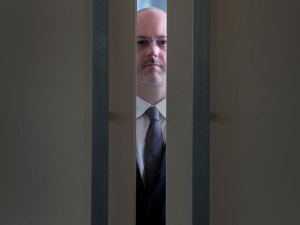By JOE GYAN
JR.
A federal
appeals court will be asked to reverse a Baton Rouge
The suit,
filed in July by seven Baton Rouge
The suit
alleges that Spencer Barasch, a former SEC regional enforcement director in Fort Worth , Texas
In his
written ruling, Dick called Barasch's alleged conduct "disturbing" but
said the law supports the government's position that there was no statute,
regulation or policy that required Barasch to make an enforcement referral to
either the National Association of Securities Dealers or the Texas State
Securities Board.
"While
the court sympathizes with the losses suffered by the plaintiffs in this
matter, plaintiffs have failed to identify any mandatory obligations violated
by SEC employees in the performance of their discretionary duties," the
judge wrote.
Ed
Gonzales, an attorney for the seven Baton Rouge Baton Rouge New Orleans
Dick's
ruling described the suit's plaintiffs as victims of a Ponzi scheme who lost
their investments in Stanford International Bank Ltd.
The suit
alleges the SEC knew in 1997 that Stanford was operating a fraudulent scheme
and failed to stop him until February 2009.
Robert
Stanford, 63, of Houston Baton
Rouge Lafayette Covington Baton Rouge
A Ponzi
scheme is a fake investment program. Illegal operators skim most of the money
provided by people who believe they are investors.
Early
investors receive dividends that actually are small portions of their personal
funds and those of later investors. Stanford's Ponzi scheme attracted
investment money for his Stanford International Bank on the Caribbean island of Antigua
There are
more than 20,000 Stanford victims across more than 100 countries.
Read more: http://sivg.org/article/2013_Investors_plan_appeal_of_Stanford_lawsuit_dismissal.html

